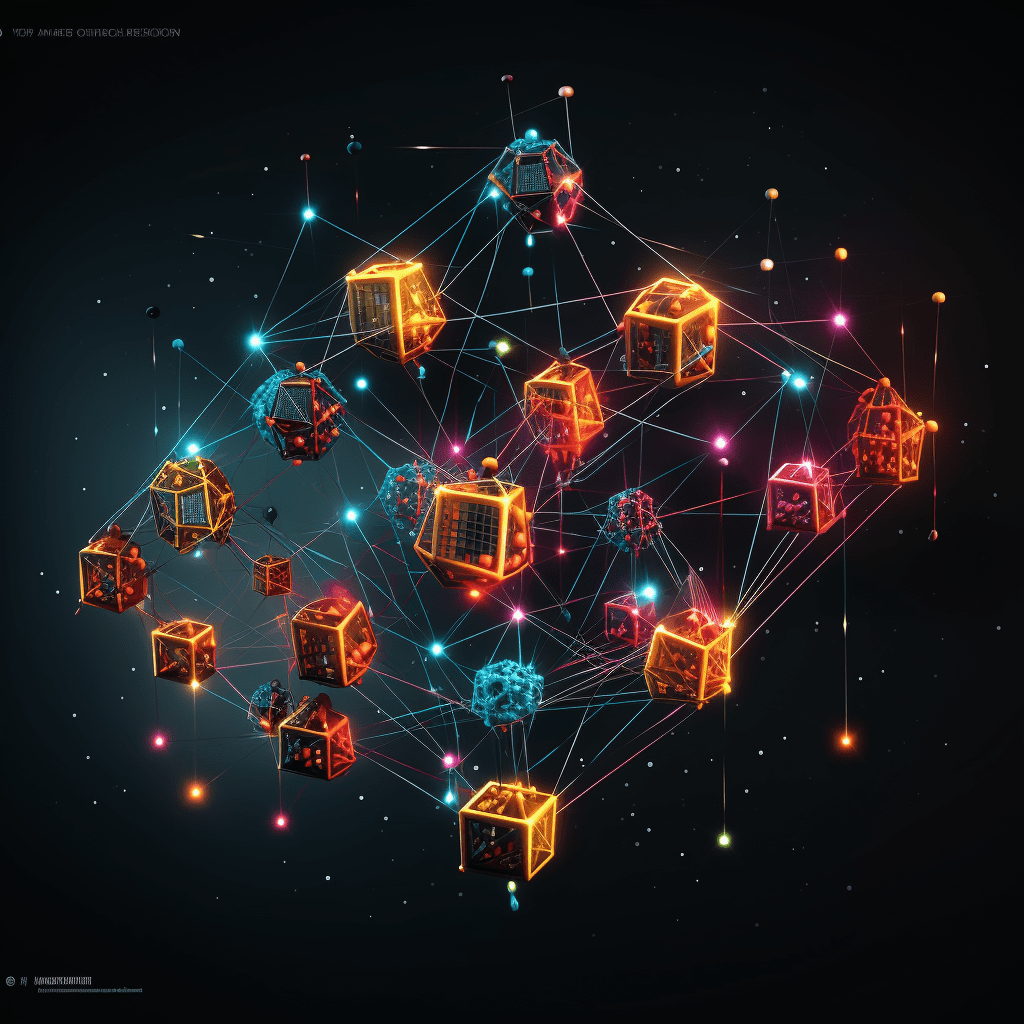Introduction: The Power of Blockchain Unveiled
Blockchain technology is revolutionizing industries, yet many find it complex to grasp. In this straightforward guide, we’ll demystify blockchain, the distributed ledger technology that underpins cryptocurrencies like Bitcoin and Ethereum. By the end, you’ll understand how blockchain works, its benefits, and its impact on various sectors.
Part 1: The Fundamentals of Blockchain
1.1 What is Blockchain?
Blockchain is a distributed ledger technology that records transactions across multiple computers. Each transaction forms a “block,” which links to the previous one, creating a “chain” of secure, unalterable data.
1.2 Decentralization: The Key Concept
Unlike traditional centralized systems, blockchain operates on a decentralized network. This means no single entity has control, enhancing security and transparency.
Part 2: How Blockchain Works
2.1 Anatomy of a Block
Explore the structure of a block, including transaction data, timestamp, and a unique cryptographic hash.
2.2 The Blockchain Network*
Transactions are verified by a network of nodes using consensus mechanisms. Learn how this process ensures data integrity.
2.3 Security through Cryptography*
Discover how cryptographic techniques make blockchain secure, enabling trust in digital transactions.

Part 3: Beyond Cryptocurrency – Real-World Applications
3.1 Smart Contracts: Self-Executing Agreements*
Blockchain powers smart contracts, which automatically execute and enforce agreements. Explore use cases in finance, real estate, and more.
3.2 Supply Chain Revolution*
Blockchain improves transparency and traceability in supply chains, combating counterfeits and ensuring product authenticity.
3.3 Healthcare and Identity Verification*
Learn how blockchain secures patient data and simplifies identity verification, enhancing healthcare systems.
3.4 Gaming and Virtual Assets*
Blockchain-based games and virtual assets offer true ownership and unique in-game items.
Part 4: Challenges and Future Directions
4.1 Scalability Concerns*
Blockchain faces scalability challenges as adoption grows. Solutions like sharding aim to address this.
4.2 Interoperability*
Interoperability between different blockchain networks is crucial for seamless data sharing.
Conclusion: Embracing the Blockchain Revolution
Blockchain technology is more than a buzzword; it’s transforming industries and economies. Understanding its core concepts and real-world applications empowers you to navigate this revolutionary landscape.
At CryptopulseHub, we believe in making complex topics accessible. Stay informed and explore the world of blockchain and cryptocurrencies.







